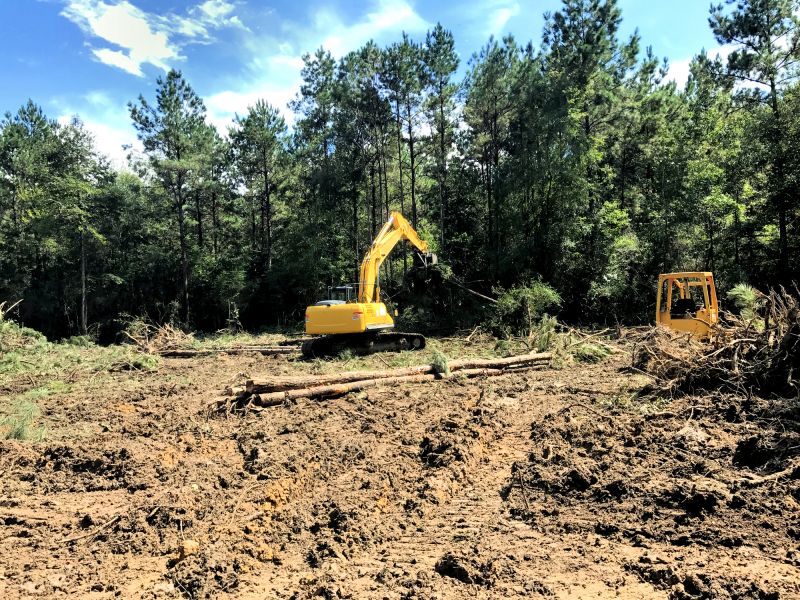Reliable Hill Clearing Solutions for Property Maintenance
Hill clearings are open spaces created within hilly terrains, often used for agriculture, recreation, or development purposes. These clearings can vary significantly in size and shape, depending on the natural landscape and the extent of human intervention. Properly managed hill clearings can enhance land utility while preserving the surrounding environment.

A well-maintained hill clearing offering expansive views and open space for various activities.

Used for farming, these clearings provide accessible land for crops and livestock.

Designed for outdoor activities, these areas are popular for picnics, hiking, and gatherings.
Hill clearings are often shaped by natural erosion, vegetation removal, and land development. They can serve as vital components in land management strategies, offering space for agriculture, recreation, and infrastructure. The process of creating and maintaining these clearings involves careful planning to minimize environmental impact and ensure stability.
Statistics and Land Use Data
| Aspect | Details |
|---|---|
| Average Size | Ranges from a few hundred to several thousand square meters |
| Formation Time | Typically takes several days to weeks with professional equipment |
| Common Uses | Agriculture, recreation, development |
| Vegetation Removal | Majority involves selective clearing to preserve soil stability |
| Environmental Impact | Managed clearings can reduce erosion and habitat disruption |
Creating a hill clearing involves removing trees, shrubs, and other vegetation to establish an open space. The process begins with site assessment, followed by land clearing, grading, and stabilization. Proper techniques are essential to prevent soil erosion, support plant regrowth, and maintain land integrity.
Process of Hill Clearing
The process typically starts with a detailed site evaluation, followed by marking the clearing boundaries. Heavy machinery such as excavators and bulldozers are used to remove vegetation and level the terrain. Post-clearing, soil stabilization methods like seeding or mulching are applied to prevent erosion and promote healthy land recovery.
The duration of hill clearing varies based on the size of the area, terrain complexity, and the scope of work. Smaller clearings can be completed within a few days, while larger projects may take several weeks. Engaging professionals ensures the process adheres to land management best practices and safety standards.
Advantages of Hiring Professionals
Professional land clearing services bring expertise in site assessment, equipment operation, and environmental considerations. They can efficiently complete projects while minimizing soil disturbance and erosion. Additionally, professionals ensure compliance with local regulations and provide advice on land stabilization and future land use planning.

A spacious, level area ready for development or recreation.

Post-clearing measures to prevent erosion and promote vegetation growth.

Heavy machinery essential for efficient land removal and leveling.
Properly executed hill clearings can enhance land utility, support sustainable development, and reduce long-term maintenance costs. Whether for agriculture, construction, or recreation, professional services ensure the process is safe, efficient, and environmentally responsible.
For those interested in creating a hill clearing, filling out the contact form can provide a detailed quote and guidance tailored to the specific site conditions and project goals.
